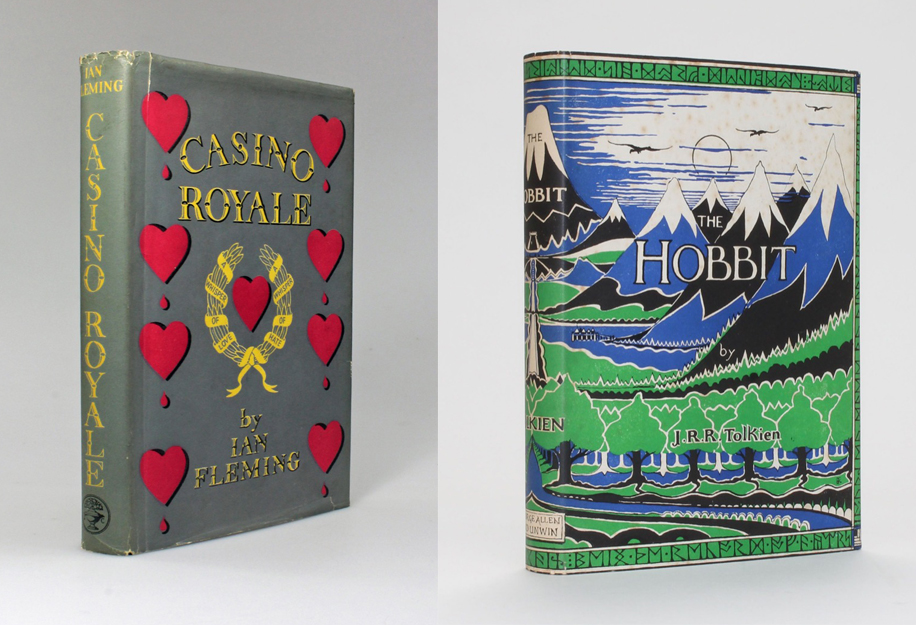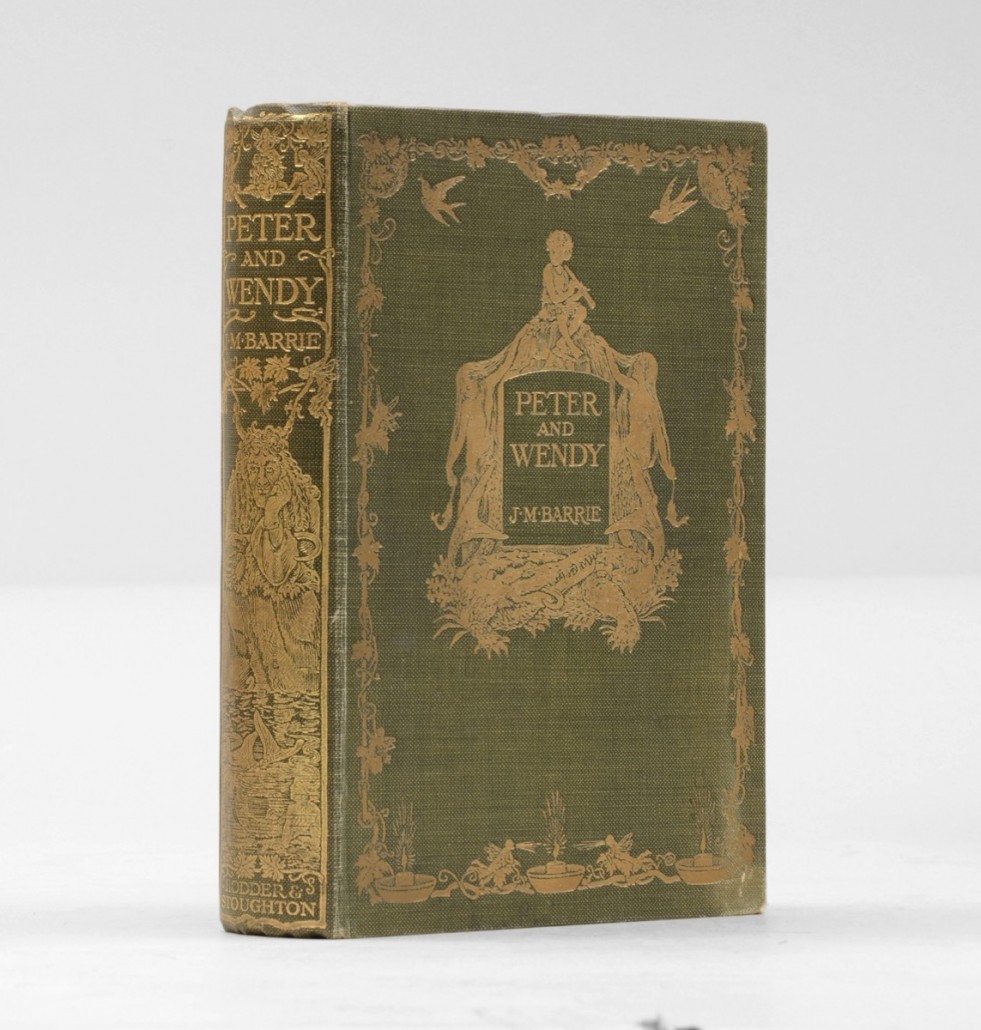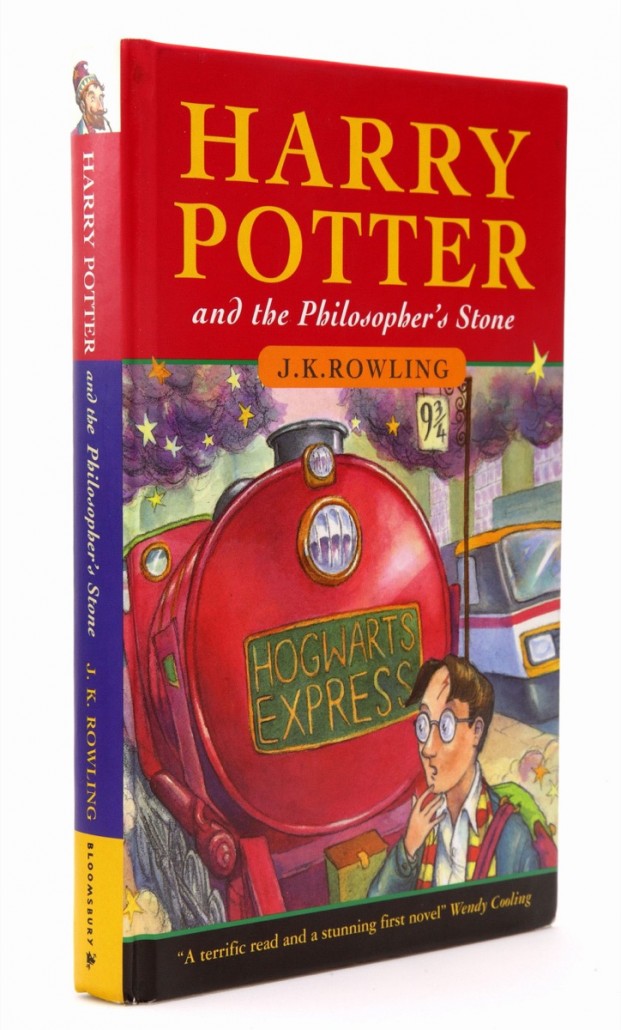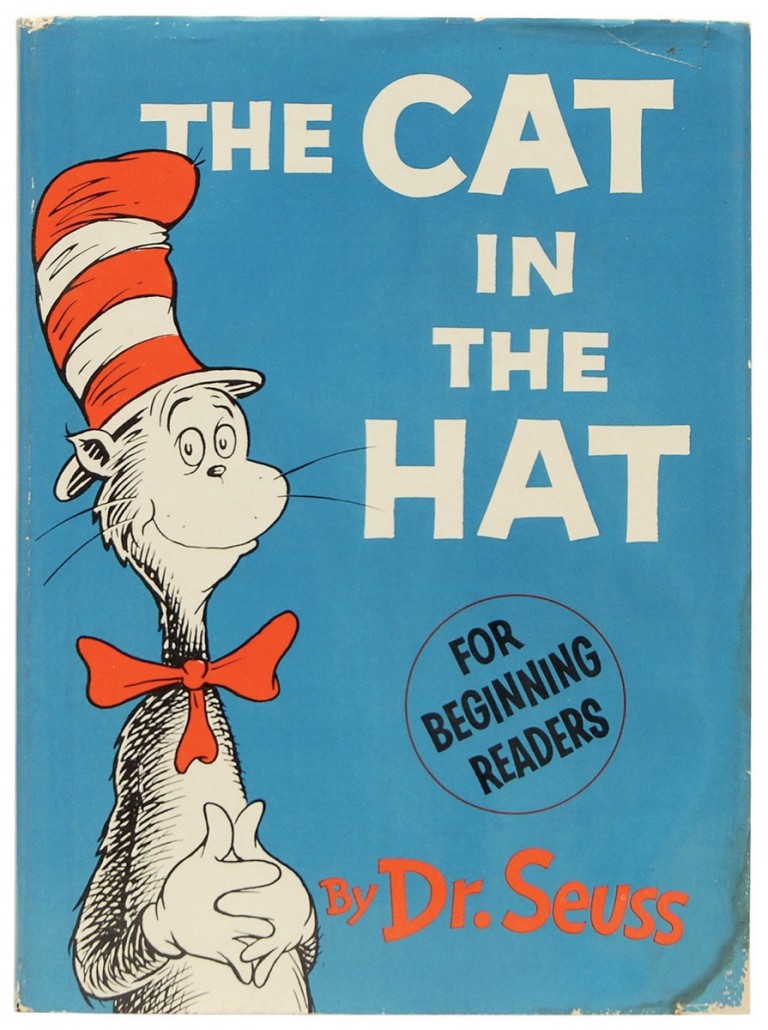
LONDON – I’ve been given an ultimatum: no more books. We have nowhere left to store them. It’s a bit harsh, though. Charity stores and car boot sales see the Business Manager (Mrs P) often leaving with an armful. I, on the other hand, have to decline, however cheap they might be.
The difference is, she buys paperbacks, reads and then disposes of them, usually back to a charity store. In contrast, my books – all about antiques and collecting – are treasured, and never to be parted from.
We both need to stay away from the booksellers at the NEC Summer Antiques for Everyone. The fair, it runs from July 23-26, always attracts one or two, but this year, amid all the glitz and glamour of precious antiques and fine art, there are several, underlining a growth in interest in books in general and modern first editions in particular.

It’s no longer the dusty, fusty world it once was. The books pictured are from the stock of two NEC exhibitors: York-based Lucius Books and Paul Foster Books, who is based in Chiswick. I confess it’s a world I know little about find it hard to grasp why anyone would part with thousands to buy a first edition of any modern book when the same novel can be had in countless charity shops for pocket money.
According to James Hallgate, of Lucius, “the story within the pages is often only half the tale.” He explained that a first edition is the closest commercially available example of how an author wants you to read his or her work.
“Having written and reworked the manuscript, the author passes his words to be edited, proofed and scrutinized by the publisher’s libel lawyer, he said. “The book goes to print and the first edition is born.
“In that first print run much can happen: there’s a typesetting error; issues arise over print quality; inaccuracies are brought to attention by a reader or every publisher’s nightmare, the threat of legal action from a libeled or plagiarized complainant.”
“Any of these can result in changes, excisions or in the most extreme cases complete withdrawal from sale. If you are a new or unproven author, to minimize expense and risk, the publisher will print only a small number of copies.”
He cited several examples. The first edition of Beatrix Potter’s The Tale Of Peter Rabbit was published in 1902 in an edition of just 200 copies; James Joyce’s 1914 short story collection The Dubliners in 1,250 copies, of which only 746 were for the UK market; George Orwell’s first book, Down and Out In Paris and London, once Victor Gollancz was persuaded to publish it, issued in 1933 in an edition of only 1,500 copies, the same number of J.R.R. Tolkien’s The Hobbit by George Allen and Unwin in 1937.

When James Bond was introduced to the world in 1953 in Ian Fleming’s his first book Casino Royale, the publisher printed 4,728 copies, while the publisher of a book about the first exploits of a boy wizard from Hogwarts School, who went on to become the publishing phenomenon Harry Potter, was produced in only a pitiful 500 hardback copies in 1997.
What price now? Potter: £28,000; Peter Rabbit: £17,500; The Hobbit: £15,000; Casino Royale: James has a copy signed and inscribed by Fleming to a close friend on whom Bond’s character was based, £80,000, an example of the importance of “association.”
Scarcity means desirability and in turn, that means valuable, although “association” is equally significant. In another example, in a collaboration between Irish novelist and playwright Samuel Beckett and actor Patrick Magee in 1958, Beckett wrote a one act play specifically for “the cracked quality of Magee’s distinctly Irish voice.” It was later retitled Krapp’s Last Tape and published by Faber and Faber in 1959.
Beckett sent a copy of the first edition to Magee inscribing it “For Pat Magee – In friendship – Sam Beckett.” Magee subsequently marked it up with notes and accents, wrote his hair and makeup appointments in it, sketched on it and took it with him everywhere.
“The book, battered, bruised, scribbled in, complete but detached and falling to pieces wouldn’t be worth a second glance if it was just an ordinary first edition,” James Hallgate said. “But this isn’t. The play would not exist if it wasn’t for the two people whose hands the book had passed through.
‘The condition is pertinent: from the author’s presentation inscription to the actor’s markings and thumbprints throughout. It is no longer a book but a historical document marking the birth of a relationship that changed modern literature. Association copies, such as these are at the pinnacle of modern first edition collecting.”
In most other cases condition is key. Firstly, is the book complete? Does it have all of its pages, including the blank ones at the front and rear? Is the binding clean and firm? Does the book retain its original dust wrapper? Has it been defaced by ink stamps and bookplates at the public library and, most importantly, is everything original?
Dust wrappers, particularly early ones, are generally fragile things and very prone to chipping, tears, fading and soiling, so finding them in pristine original condition and not repaired or restored can be very difficult.
“The modern first editions market is such that the value of the dust wrapper can outweigh that of the book it protects by a factor of 10 and in extreme cases for great rarities such as F. Scott Fitzgerald’s The Great Gatsby by 100 times or more,” he said.
A copy of the first edition of the latter, published in the UK in 1926 in its original cloth binding, would cost you roughly £1,000. With its rare original dust wrapper still in fine condition, that same book would cost closer to £100,000.
Similarly, a 1932 first edition of Aldous Huxley’s Brave New World in the blue cloth binding would be priced at around £150. With its original dust wrapper, closer to £3,000.
“Various things affect the ratio of dust wrapper to book value but in all cases, the presence of the original dust wrapper will increase the value and desirability of a collectable first edition,” James said.

“As a collector you should always buy the very best you can afford, so condition wise that would be as close as possible to the condition the book was on the day it left the publisher’s warehouse.”
Meet James Hallgate and Paul Foster among the 200 specialist dealers at the NEC from July 23-26. Admission is £15 (£12 in advance and for senior citizens) including free parking, but organizer Clarion Events has agreed to give Miscellaneana readers two tickets for the price of one. Please mention Auction Central News at the pay booth.
_____
By CHRISTOPHER PROUDLOVE


